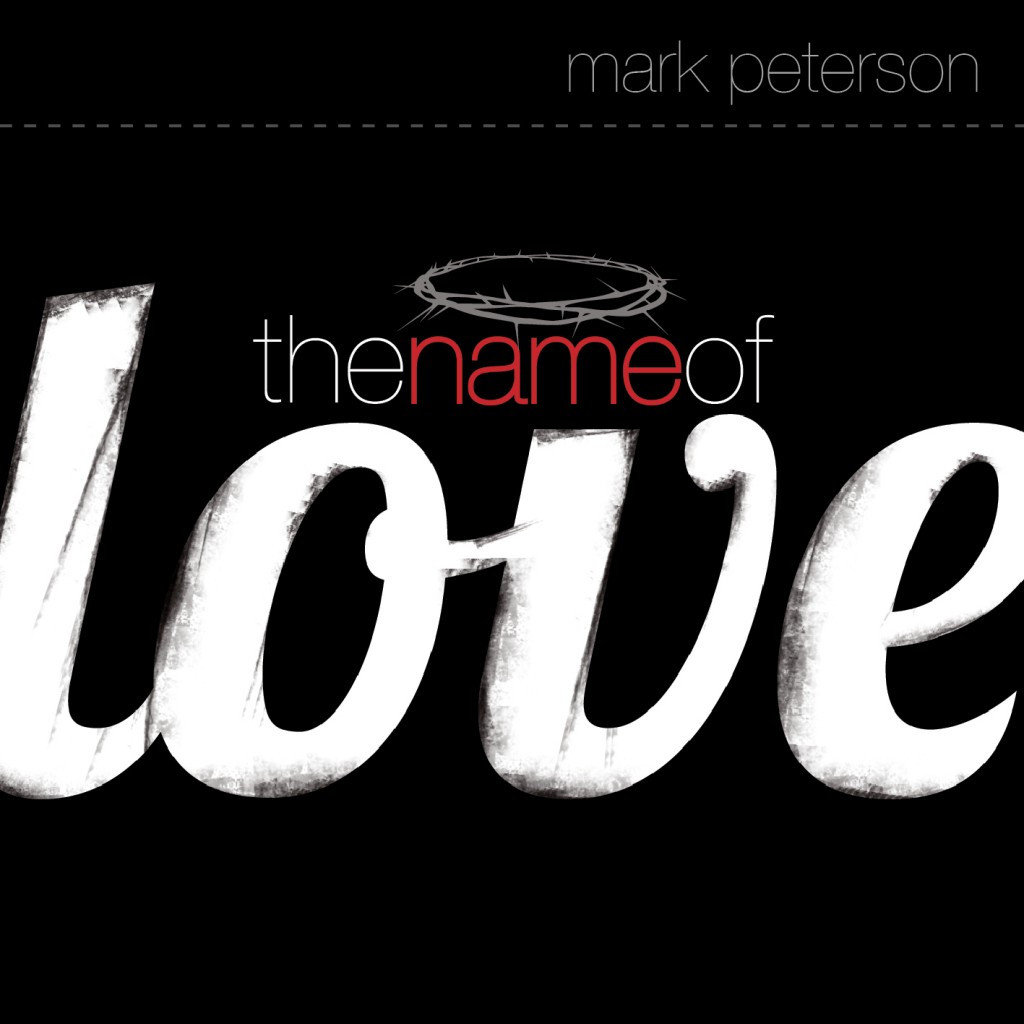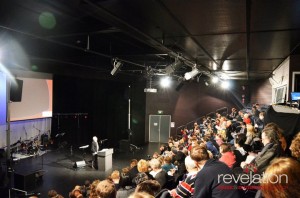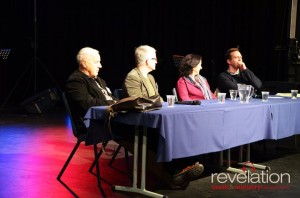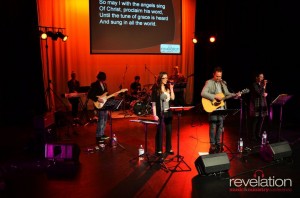There are many helpful analogies that can be used to help explain how a contemporary band works. A pyramid with bass and drums at the bottom, other bits in the middle and main voice or melody at the apex… Or a three legged stool, with the three legs being bass, drums and main melody, then other aspects hanging off it to hold the structure together…
I use both of these analogies at times, mostly in relation to helping sound people get a good mix of a band in a congregational setting. Note that in both of these instances, the key instruments I’ve mentioned are bass, drums and main vocal. This doesn’t necessarily mean that these 3 will always be the loudest elements in a band, but as the key structural features of a sound, they need to be clearly audible.
These approaches are somewhat different from the bands I became a part of in churches in the late 80s when I first went on a band roster. In those settings it was all piano driven. The main voice was also crucial, but as other instruments, they were simply added to the piano sound, but you never wanted them to overtake. In fact, at one point, there was even the strange idea that you needed to be the pianist in order to lead a music ministry. How things have changed!
Both of these analogies helpfully demonstrate that a contemporary band is a complex unit of interrelationships of sounds, with certain key structural elements.
In recent years, however, the analogy I most commonly use in a band workshop setting or a training rehearsal is that of a building. I like the logic of this, and the illustration is usually communicated within an actual building, so there are props immediately visible to demonstrate the point.
The main reason we build buildings is for the roof. It keeps rain off and gives us shade. You can have a building with very limited walls, but you can’t call it a building if it doesn’t have a roof. In a band setting, the roof represents the melody. Without a melody it’s not a song. A chord progression or a grove is not a song.
An intrumental will usually have a melody too, although it may not always be a “melody instrument” – in fact, in some music, the melody is carried by the bass.
But we’re talking about a song, which has a main voice as the melody.
At this point, though, let me pause and say that the main voice is actually not simply the song leader. We don’t have a “lead singer” approach in church, we have a song leader. That is, the congregation is actually the main voice. Our band arrangements and mixing of the vocals must always keep this in mind. In practical terms, I’d say that the main melody is a gently balanced combination of song leader and congregation.
So that’s the roof.
A roof needs to be held up by structures that prop it up off the ground, and in the contemporary band setting, this is usually your middle of the range instruments, such as acoustic and electric guitars, plus piano or keyboard. They are rhythmic instruments, acting like walls holding up a roof. It is primarily their rhythmic nature that makes them structurally significant. They will often play melodies too (the right amount of counter-melodies shared across a band will generally add a great deal of beauty to the sound). But their main structural role is their rhythm.
So as with a building where walls are laid out in a proper load-bearing fashion, in a song, the rhythms need to be appropriately played to bear the load of the particular melody. Does it imply an 8s feel or 16s feel? Is it a ballad style of melody? Is it in some kind of triple time such as 6/8 or 3/4? What is the most stable way of expressing this feel using the instrumentation available? If each member of the band is thinking substantially differently on these structural questions, it won’t sound very good. Experienced musicians will tend to get this right intuitively. Beginners may need to think it through more systematically in the early days.
Of course, walls are useless as load bearing structures unless they are solidly stuck to the ground! In the band setting, the footings or foundations are the bass and the drums. They of course impact (or must be impacted by) the rhythmic structures of the middle of the range instruments. But their role tends to be more fundamental or foundational.
First of all, drums. A band is only as good as its drummer. When a drummer is solid, there is a far greater likelihood that the rest of the rhythm will be solid. However, when a drummer is not solid, it is actually impossible for the rest of the rhythm to be solid.
Second, bass. One of the reasons the bass is so crucial is that as well as being a foundational rhythmic structure, it is the most important counter-melody for the main voices. It provides the harmonic bed of ‘concrete’ on which everything else is placed. It needs to be mixed in such a way that as you are singing in the congregation you can hear it! Obviously nothing should be over-emphasised in a mix, but understanding the bass’s role as a foundational rhythmic and harmonic feature should mean that our mixes actually encourage congregational singing volume (which I think is an important goal).
Finally, there is the trimming in any building. Synths tend to be like mortar holding all the bricks together, or render smoothing out roughness. Harmonies and counter melodies are the things that create interest throughout the building’s interior. These can be done with dedicated melody instruments, with voices, or with your keyboards or guitars, depending on what your band has available.
No analogy is perfect, but hopefully this helps create a sense of what what each instrument’s purpose is within a contemporary band, and will help players, band leaders and sound mixers to work towards both beautiful and effective accompaniment to the singing of praise by our congregations.

 The Name of Love is my 4th solo album, pulling together a bunch of songs I’ve been singing in my own church Holy Trinity Adelaide over the last 2 years, some my own writing and some contemporary band arrangements of a few of my favourite ancient hymns.
The Name of Love is my 4th solo album, pulling together a bunch of songs I’ve been singing in my own church Holy Trinity Adelaide over the last 2 years, some my own writing and some contemporary band arrangements of a few of my favourite ancient hymns.

